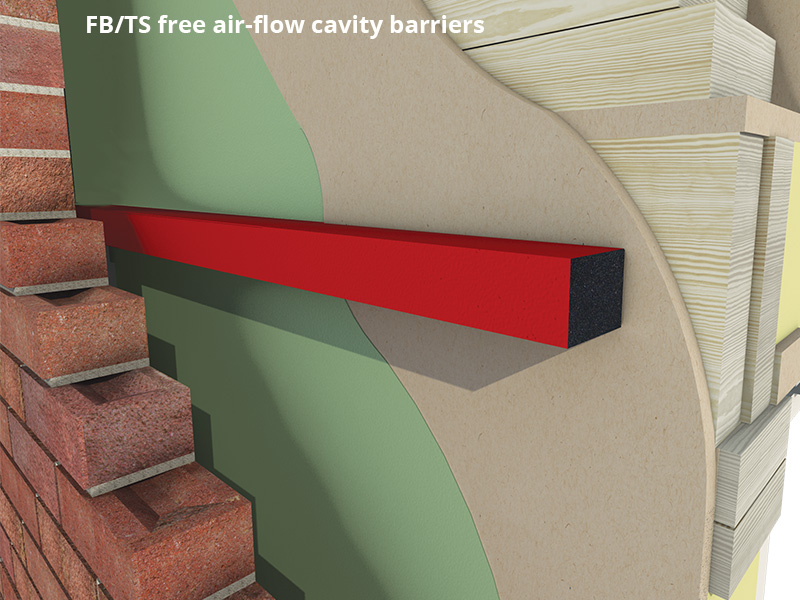
Timber frame buildings have become increasingly popular due to their sustainability, cost-effectiveness, and aesthetic appeal. However, safety is a paramount concern when it comes to timber construction. Cavity barriers play a crucial role in enhancing the fire safety of timber frame buildings by preventing the spread of fire and smoke within concealed spaces. In this article, we will explore the significance of cavity barriers in timber frame construction and how they can help maximize safety.
The Importance of Cavity Barriers
Cavity barriers are essential components in timber frame buildings to ensure fire safety compliance and protect the occupants of the building. These barriers are installed within the cavities or voids of the building to prevent the spread of fire, smoke, and toxic gases. By compartmentalizing the building and creating fire-resistant zones, cavity barriers help to limit the potential damage caused by fire incidents. They are particularly crucial in timber construction, where the risk of fire spread is higher due to the combustible nature of wood.
Key Benefits of Cavity Barriers:
- Containment of Fire: Cavity barriers restrict the movement of fire within concealed spaces, preventing it from spreading rapidly throughout the building.
- Smoke Control: By blocking the passage of smoke, cavity barriers help maintain visibility and facilitate safe evacuation during a fire emergency.
- Enhanced Fire Protection: Cavity barriers increase the overall fire resistance of the building, providing additional time for occupants to evacuate and minimizing property damage.
- Compliance with Regulations: Cavity barriers are required by building codes and regulations to meet the necessary safety standards for timber frame construction.
Types of Cavity Barriers
There are various types of cavity barriers available for timber frame buildings, each designed to fulfill specific fire safety requirements based on the building's design and construction. Some common types of cavity barriers include:
1. Intumescent Cavity Barriers:
- Activated by heat, intumescent cavity barriers expand to seal off the cavity and prevent the spread of fire.
- Provide a high level of fire protection and are suitable for both vertical and horizontal applications.
2. Mineral Wool Cavity Barriers:
- Consist of mineral wool insulation that offers fire resistance and thermal insulation properties.
- Effective in restricting the passage of fire and smoke within cavities while also providing thermal efficiency.
3. Fire-Resistant Foam Cavity Barriers:
- Composed of fire-resistant foam materials that expand when exposed to fire, filling the cavity to prevent fire spread.
- Lightweight and easy to install, making them a popular choice for timber frame construction.
Installation and Maintenance
Proper installation and maintenance of cavity barriers are crucial to ensure their effectiveness in enhancing fire safety within timber frame buildings. Here are some key considerations:
Installation Guidelines:
- Follow manufacturer guidelines and building regulations for the correct placement and fixing of cavity barriers.
- Ensure a continuous barrier without any gaps or openings that could compromise fire resistance.
Regular Inspection and Maintenance:
- Inspect cavity barriers periodically to check for any damage, deterioration, or obstructions that may affect their performance.
- Replace any damaged or degraded barriers promptly to maintain the integrity of the fire compartmentation system.
Conclusion
Cavity barriers play a critical role in maximizing the safety of timber frame buildings by preventing the rapid spread of fire and smoke. By compartmentalizing the building and providing effective fire protection, cavity barriers help to safeguard occupants and minimize the impact of fire incidents. It is essential for architects, builders, and building owners to prioritize the installation and maintenance of cavity barriers to ensure compliance with fire safety regulations and enhance the overall safety of timber construction.